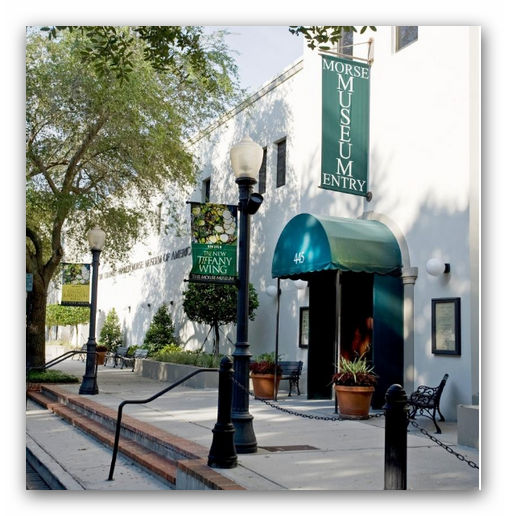Feb 12 2013 - Sep 25 2016
Winter Park, FL
Art Nouveau was an art phenomenon that found enthusiastic support from roughly 1895 to 1915 virtually everywhere in Europe and to a lesser extent in America. Embodying all that was deemed modern, it touched art and architecture, as well as ceramics, furniture, and the other decorative arts. In French, art nouveau literally means “new art,” and at the turn of the twentieth century, this new art looked different, felt different, and reflected different values and ideas.
Today it still seems fresh. Art Nouveau artists sought to fundamentally change the look of the objects we use in our lives. Practitioners of the new art drew inspiration from nature and rejected historical styles and classical values, preferring asymmetrical composition and attenuated curves. In the work of these designers, line frequently seems driven by its own internal life force—swirling and whipping, swerving and curving, creeping along one minute then racing forward the next. In this exhibition of nearly a hundred objects from our collection, the Morse explores the interrelated elements that defined the style so well known for its lively line and organic form. For ease of illustration, the exhibition is organized into five groups that show objects in which a single theme is dominant. These include: the exotic, nature, line, female form, and metamorphosis.
On display are furniture, architectural ornaments, lamps, jewelry, ceramics, and art glass from more than fifty makers, designers, and artists working across nine countries, including Emile Gallé, René Lalique, Louis Comfort Tiffany, and more. These objects, a number of which have never been exhibited, are certain to both enlighten and delight.
Credit: Exhibition overview from museum website
Exhibition Venues & Dates
Feb 12 2013 - Sep 25 2016
Winter Park, FL
